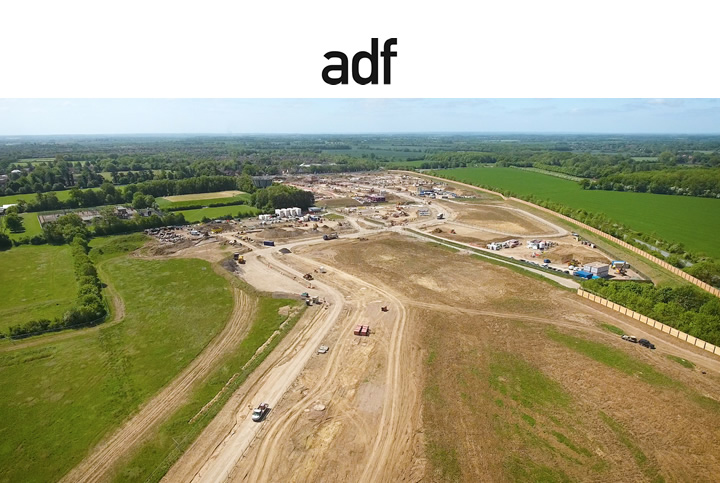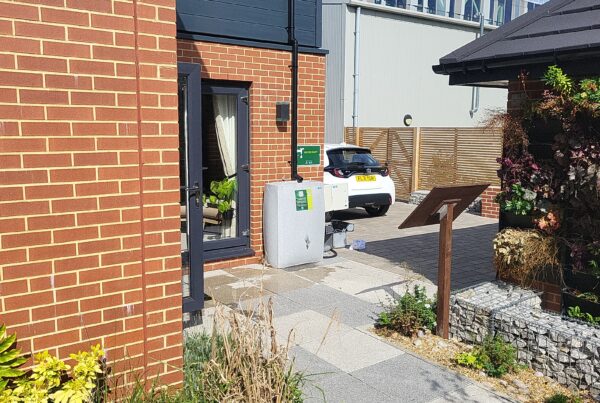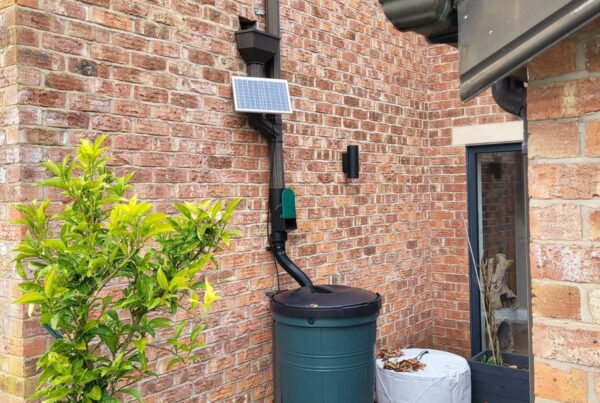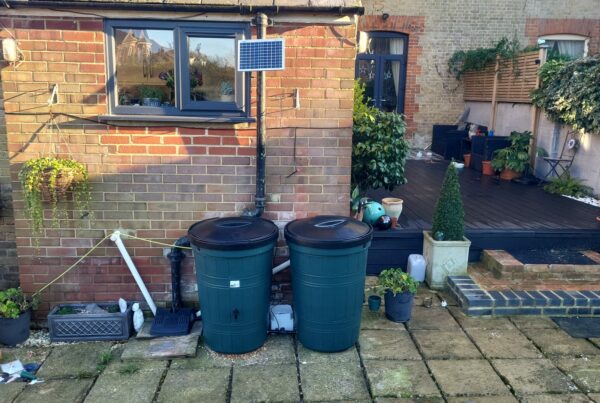The effects of climate change were recently spelled out in no uncertain terms in a watershed report by the Intergovernmental Panel on Climate Change.
In it scientists made a last-ditch plea for unprecedented change to stop our planet warming to catastrophic levels. Frequently underestimated compared to the effects of coastal and river flooding however, surface water flooding threatens millions of homes and businesses across the UK. Sustainable Drainage Systems (SuDS) are key to building resilience, and the good news is that they are finally becoming mainstream.

In August, there were encouraging results from the Government’s review of how effective including SuDS in the National Planning Policy Framework (NPPF) has been in promoting greater uptake in England. It found that almost 87 per cent of all approved planning applications reviewed included explicit mention of SuDS. For architects involved in commercial or housing schemes, the consideration should no longer be whether to include SuDS. Instead the question is, what will constitute a great design? Published in July, the revised NPPF added a requirement for SuDS to provide, where possible, ‘multifunctional’ benefits. Instead of just being a means of getting rid of excess water, drainage becomes an opportunity to reuse or recycle it, and to work with nature to create biodiversity or public amenity. The new emphasis reflects wider ambitions to encourage ‘blue green’ infrastructure in urban environments, combining the best that nature can provide with engineering expertise to produce a transformational result.





